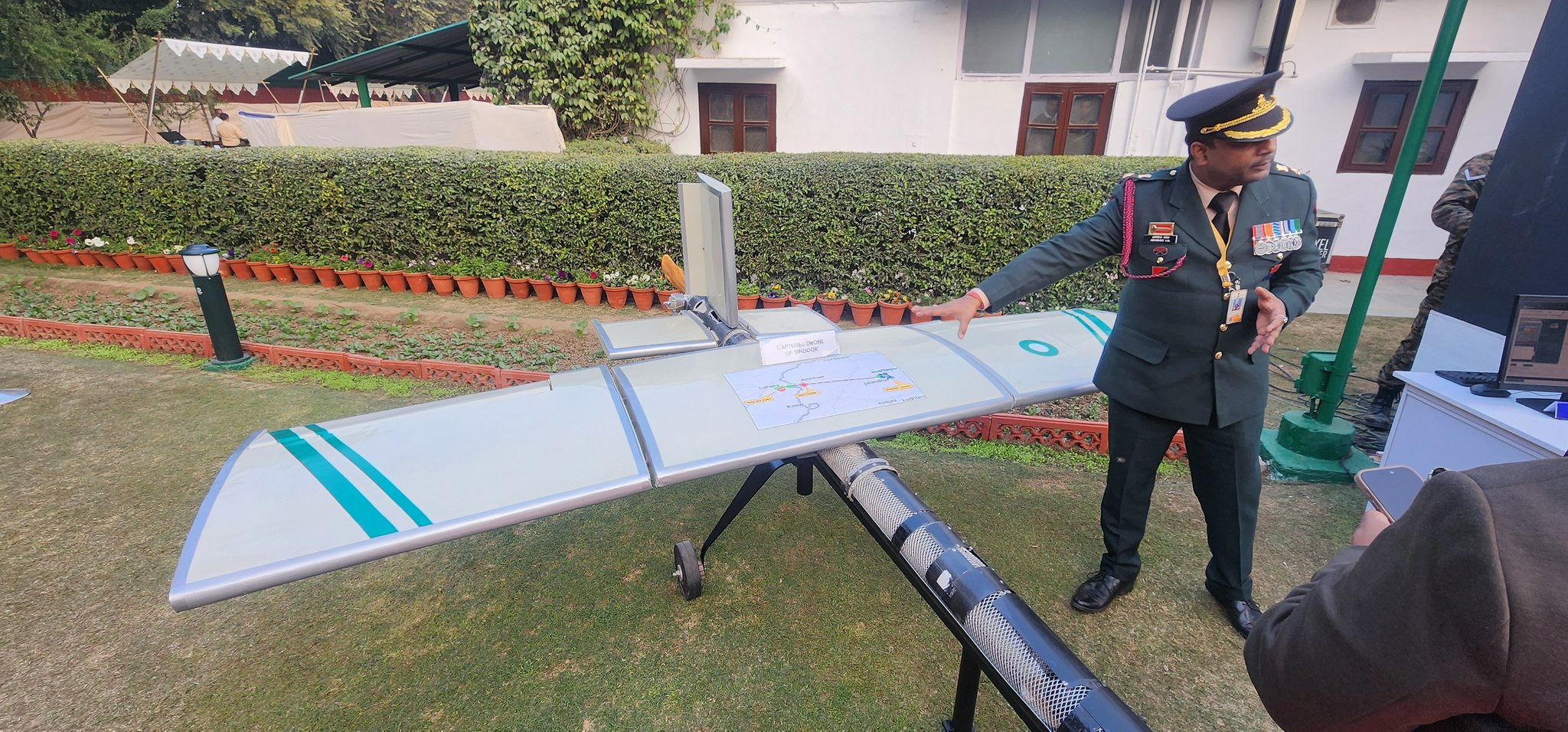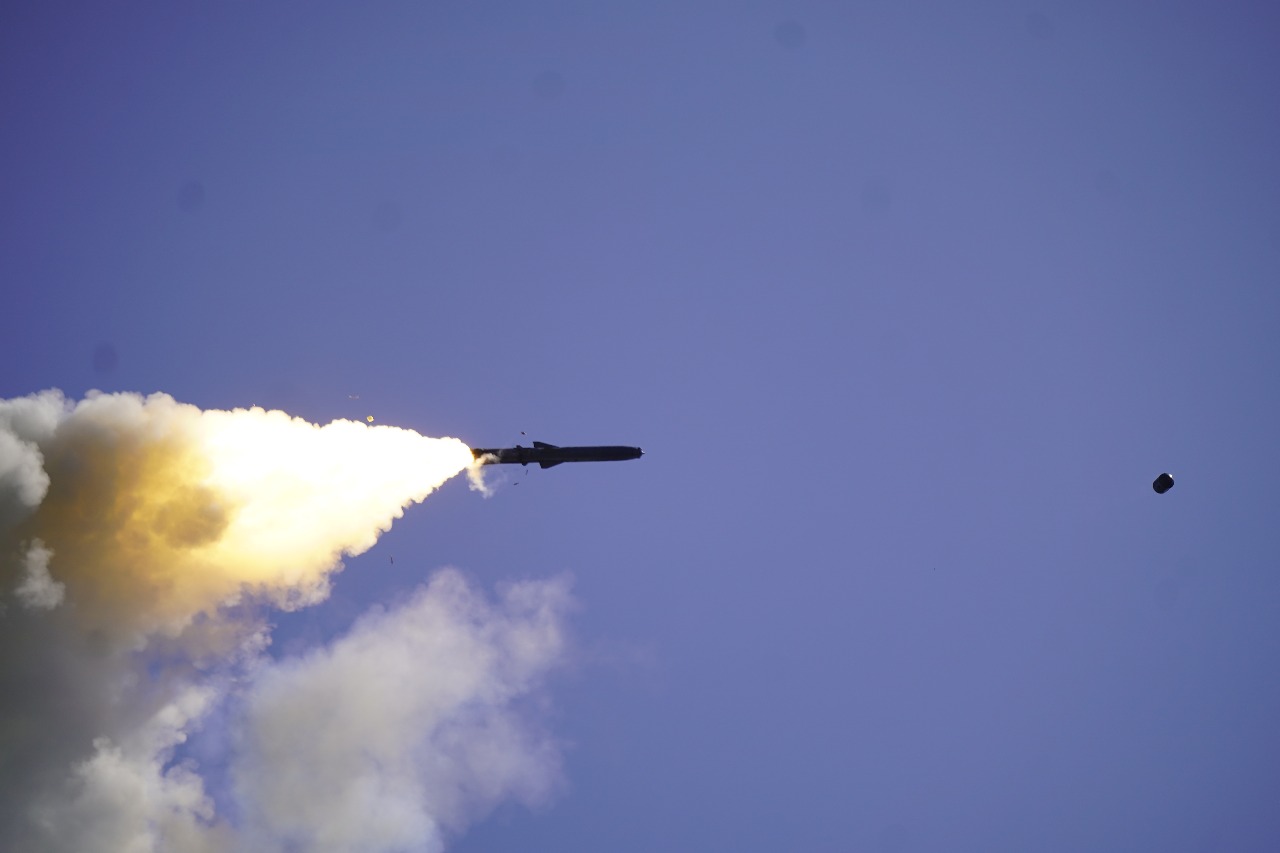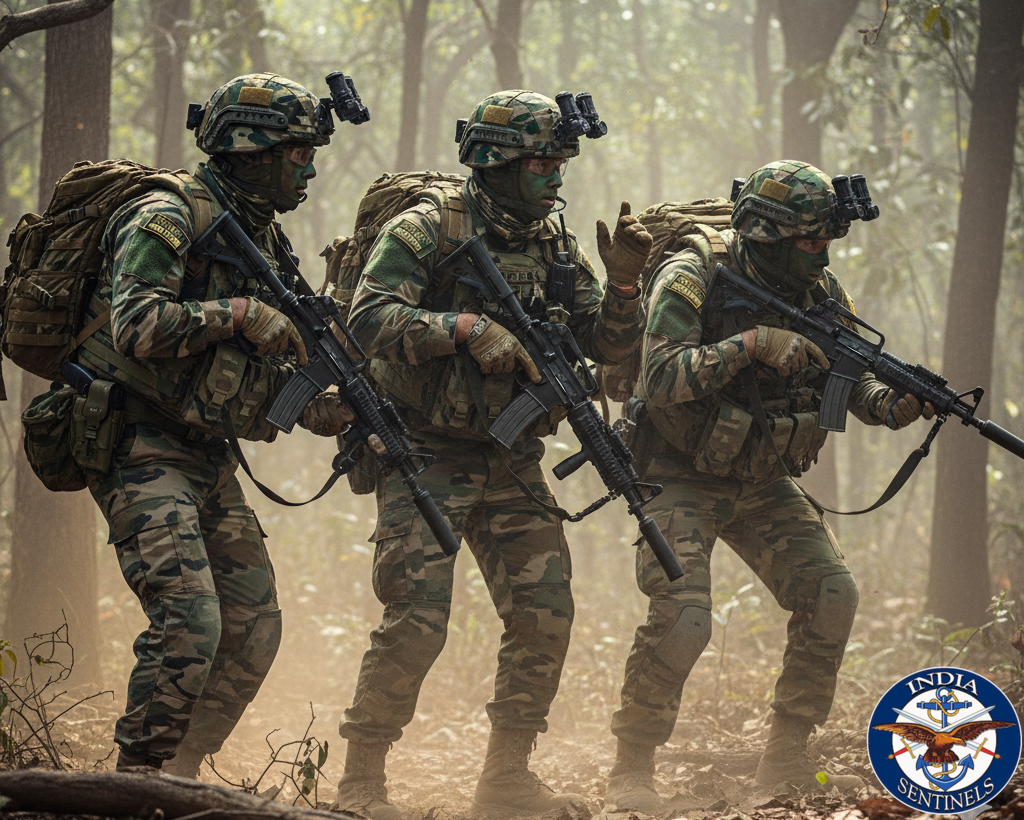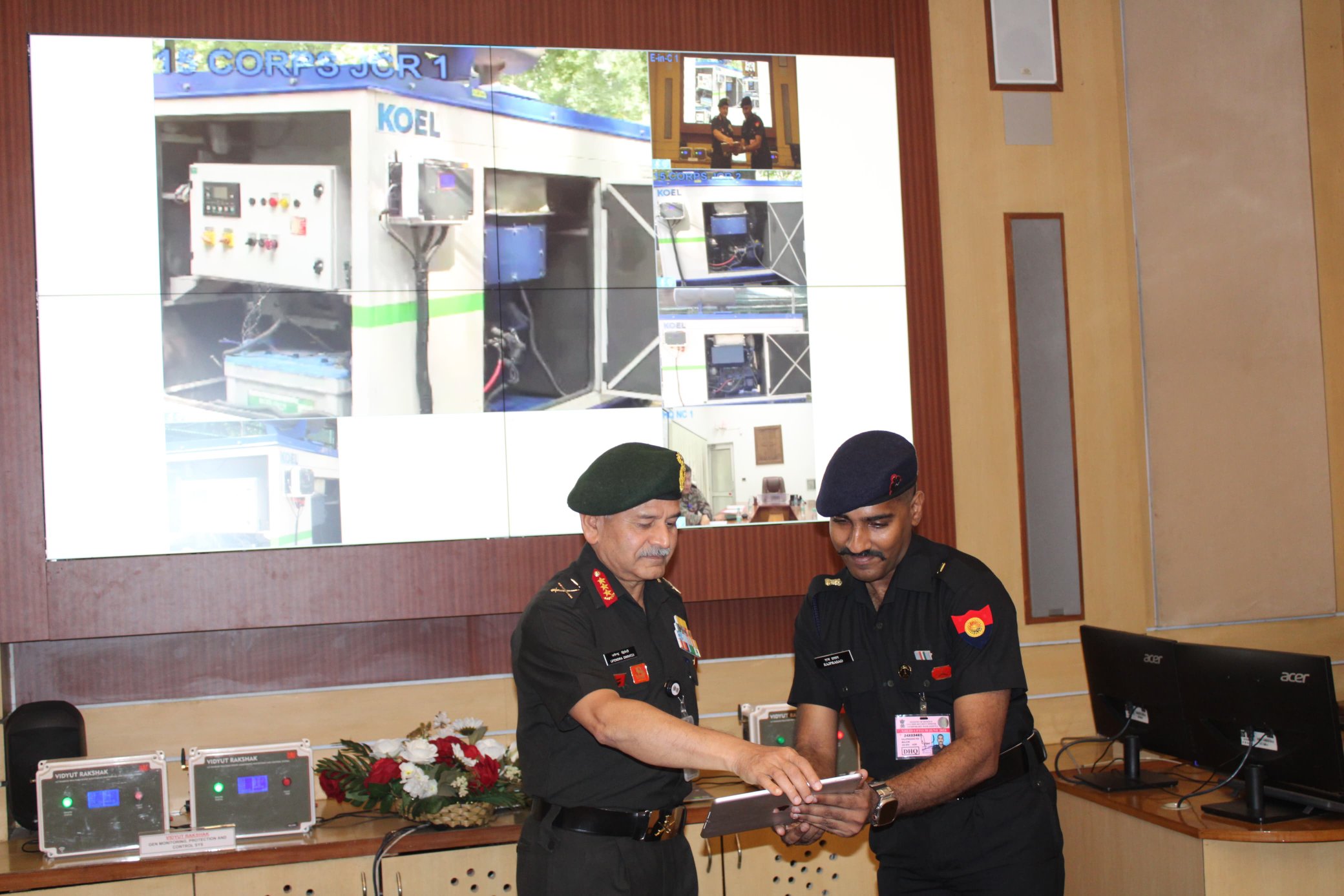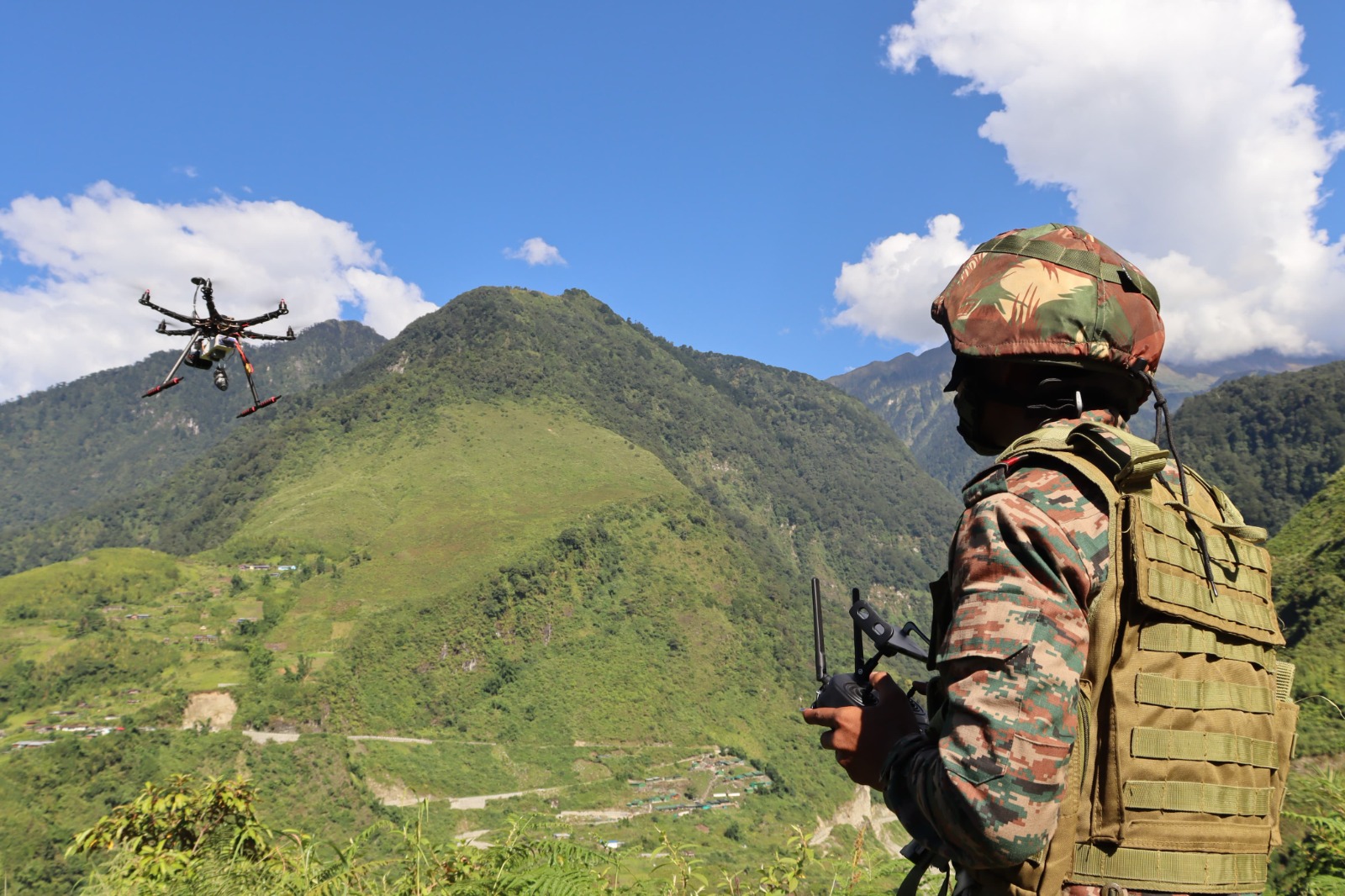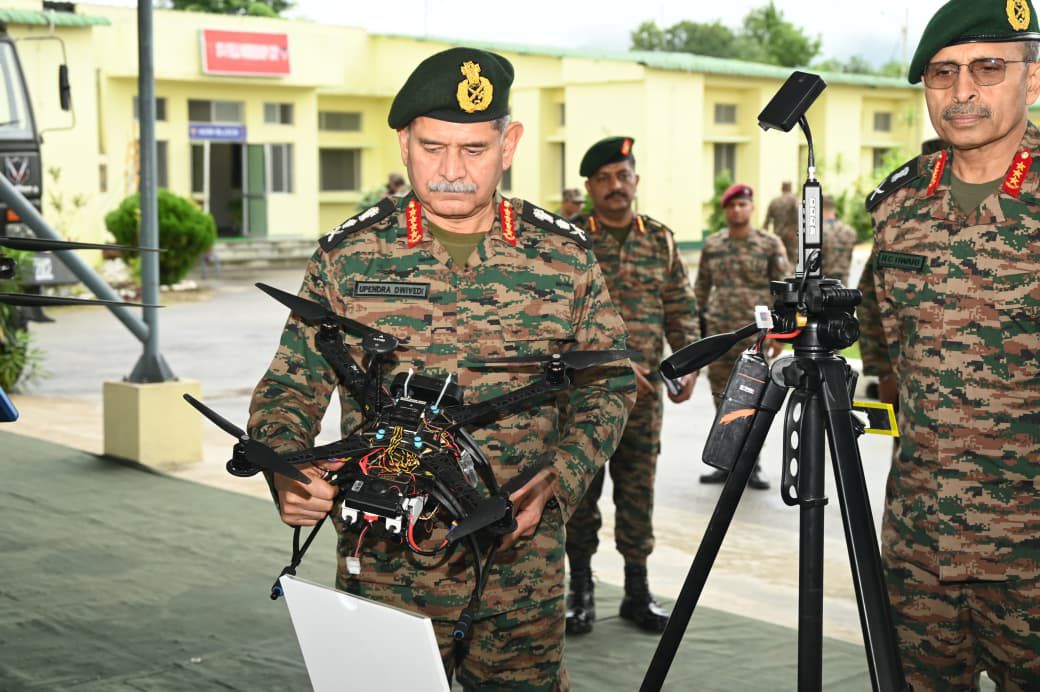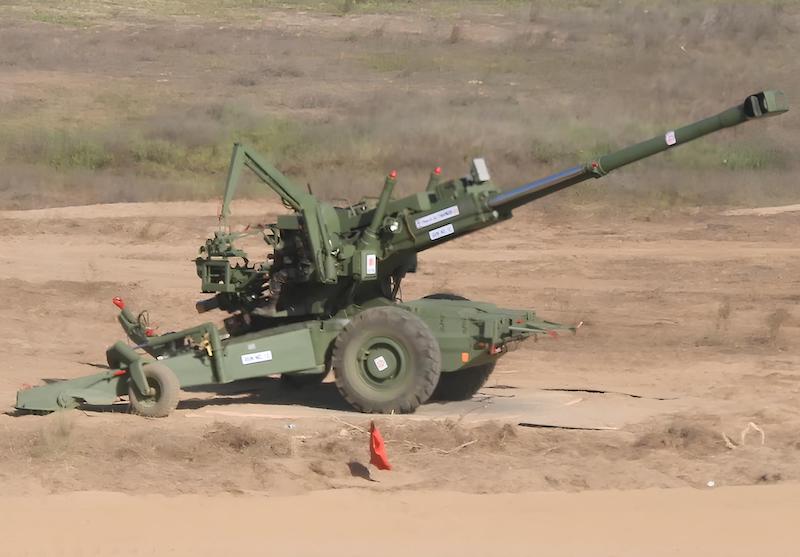 Dhanush howitzer during field testing. (File photo)
Dhanush howitzer during field testing. (File photo)
New Delhi: The Indian Army has begun establishing its third regiment of indigenously manufactured Dhanush artillery guns, bolstering the service’s long-range strike capabilities as part of its broader modernisation programme.
Defence sources confirmed that the second regiment is already operational, with deliveries for the third unit now underway. Each regiment comprises 18 gun systems, forming part of a larger procurement of 114 guns across six regiments.
Advanced Weapons and Equipment India Limited, the successor to the erstwhile Ordnance Factory Board, is manufacturing the systems at the Gun Carriage Factory in Jabalpur, Madhya Pradesh.
“We have completed the process of raising a second regiment of Dhanush gun systems and are receiving systems for the third unit,” senior defence sources said.
However, concerns persist over meeting the March 2026 delivery deadline, primarily due to global supply chain disruptions stemming from the Russia-Ukraine conflict affecting component imports.
Indigenous Artillery Milestone
The Dhanush represents India’s first indigenously developed long-range artillery system, often dubbed the “desi Bofors” for its lineage from the Swedish FH-77 guns acquired during the 1980s. The 155mm/45-calibre towed howitzer is an upgrade of the original 155mm/39-calibre Bofors systems.
Key technological enhancements include an inertial navigation-based sighting system, automatic laying capability, onboard ballistic computation, and advanced day-night direct firing systems. A self-propulsion unit enables deployment across challenging mountainous terrain, particularly relevant for operations along India’s contested borders.
The gun’s 38-kilometre strike range using specialized ammunition exceeds the original Bofors by approximately 11 kilometres, while maintaining a firing rate of eight rounds per minute with a crew of six to eight personnel.
Weighing under 13 tonnes with 400mm ground clearance, the system demonstrates high mobility across varied terrain. It accommodates standard Nato 155mm ammunition and both bag charges and bimodular charge systems.
With over 80 per cent indigenous content, each unit costs approximately ₹14 crore – substantially less than comparable imported systems – while simplifying maintenance and spare parts logistics.
Strategic Implications
Defence analysts regard the third regiment’s establishment as key to India’s artillery modernization and the Make in India initiative’s success. The system provides enhanced fire control and accuracy compared to legacy platforms, offering tactical advantages across mountainous border regions.
Military experts emphasize the Dhanush’s versatility as a “battle-proven and terrain-agnostic platform” capable of effective operations in high-altitude and desert environments – crucial for India’s diverse operational requirements along the line of actual control with China (LAC) and line of control (LoC) with Pakistan.
The indigenous production capability reduces dependence on foreign suppliers while building domestic defence manufacturing expertise, aligning with India’s broader strategic autonomy objectives.
Production challenges remain, however, with supply chain constraints potentially affecting delivery schedules. The March 2026 completion target faces uncertainty due to component sourcing difficulties exacerbated by ongoing global conflicts.
Despite these concerns, the programme represents a significant step in India’s defence indigenization efforts, providing the Army with enhanced long-range precision strike capabilities while strengthening the domestic defence industrial base.

